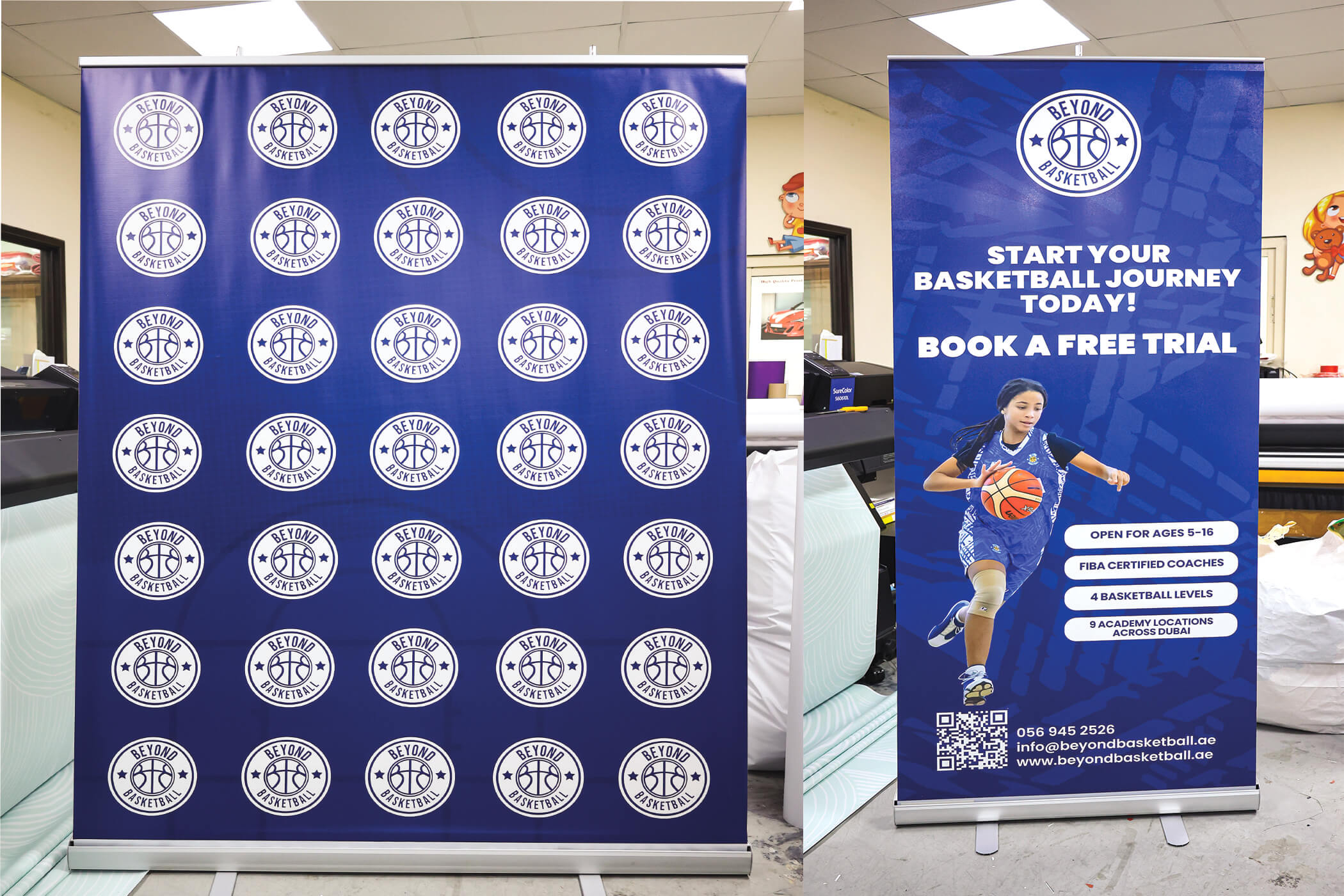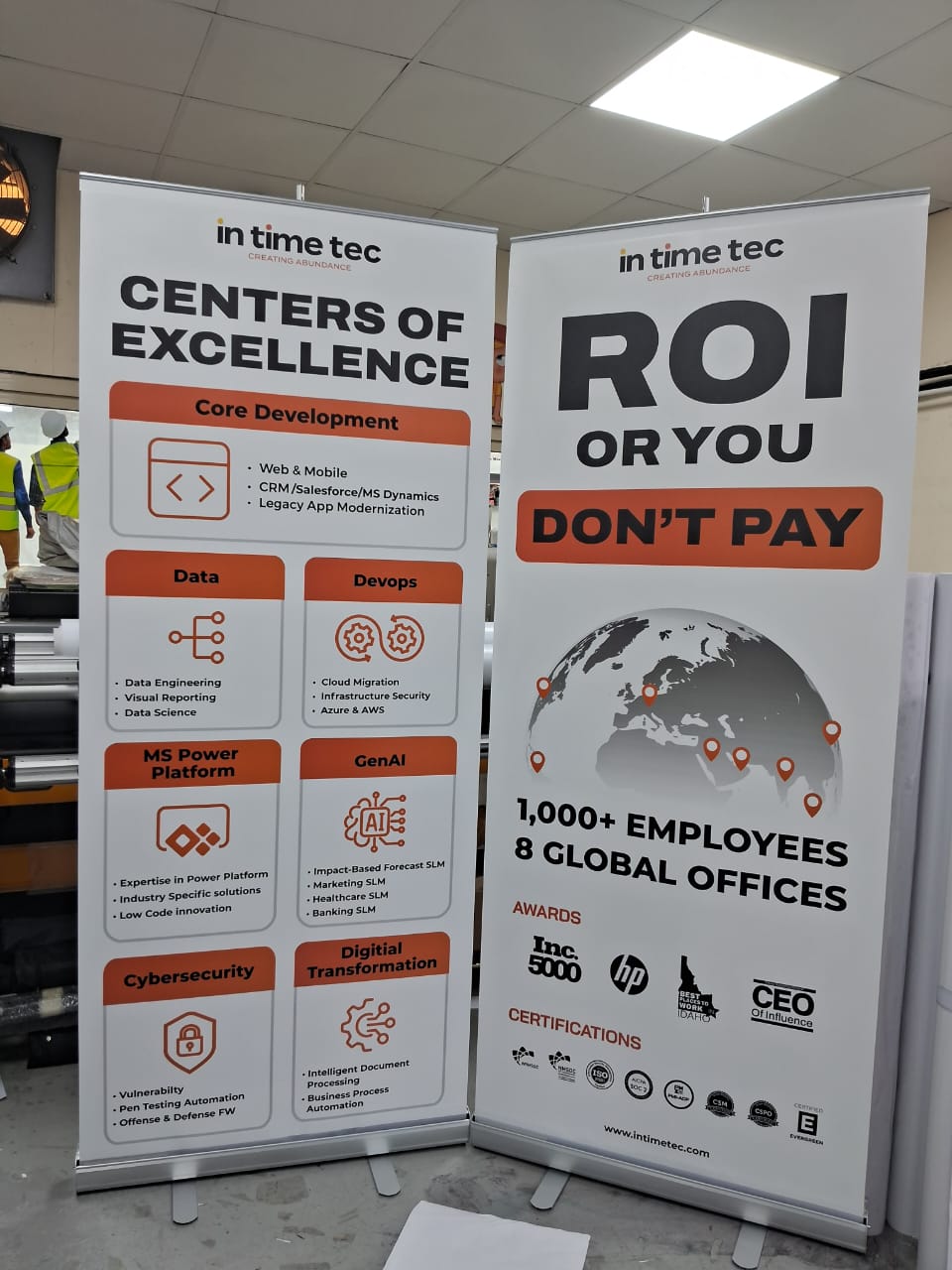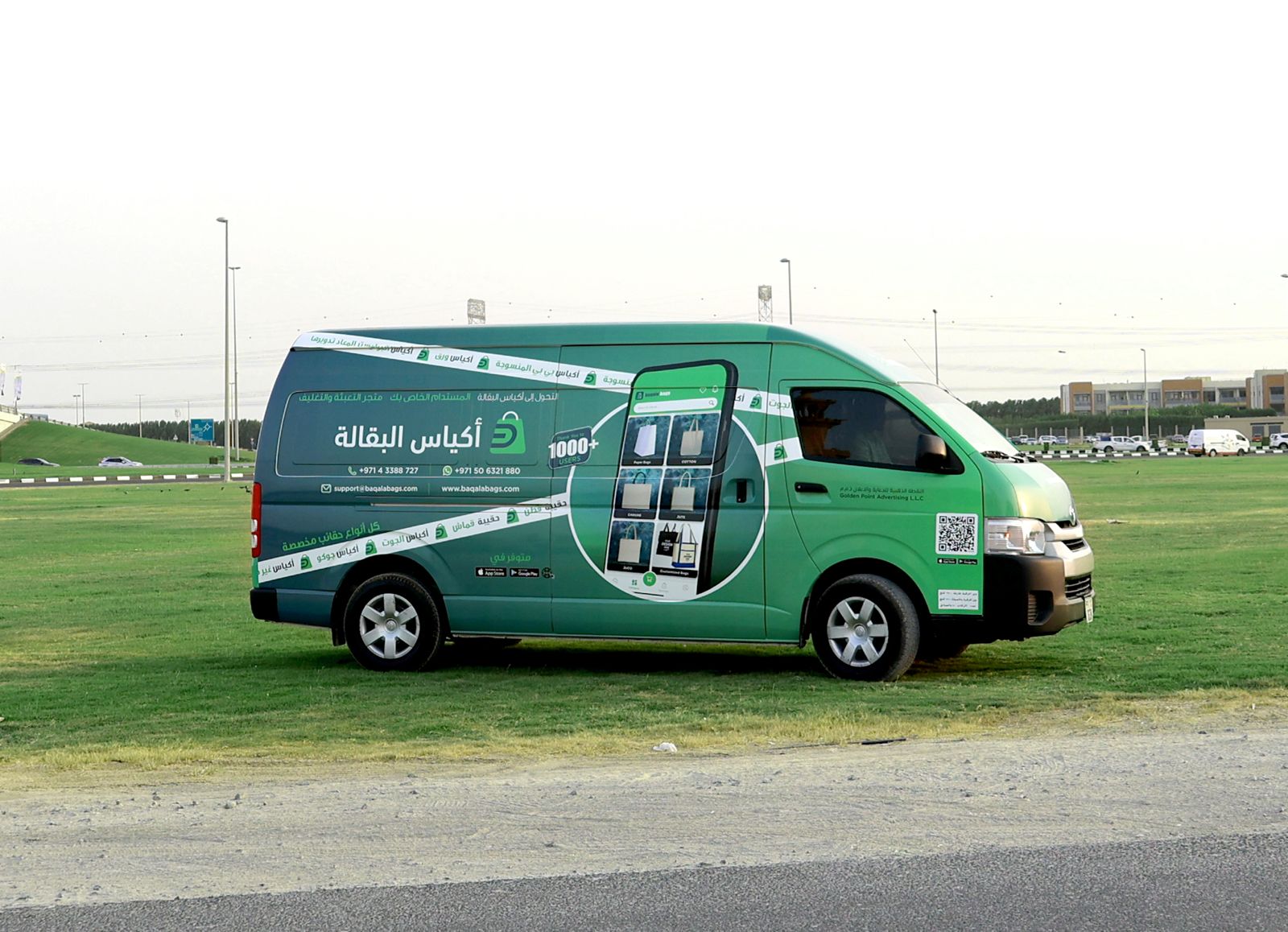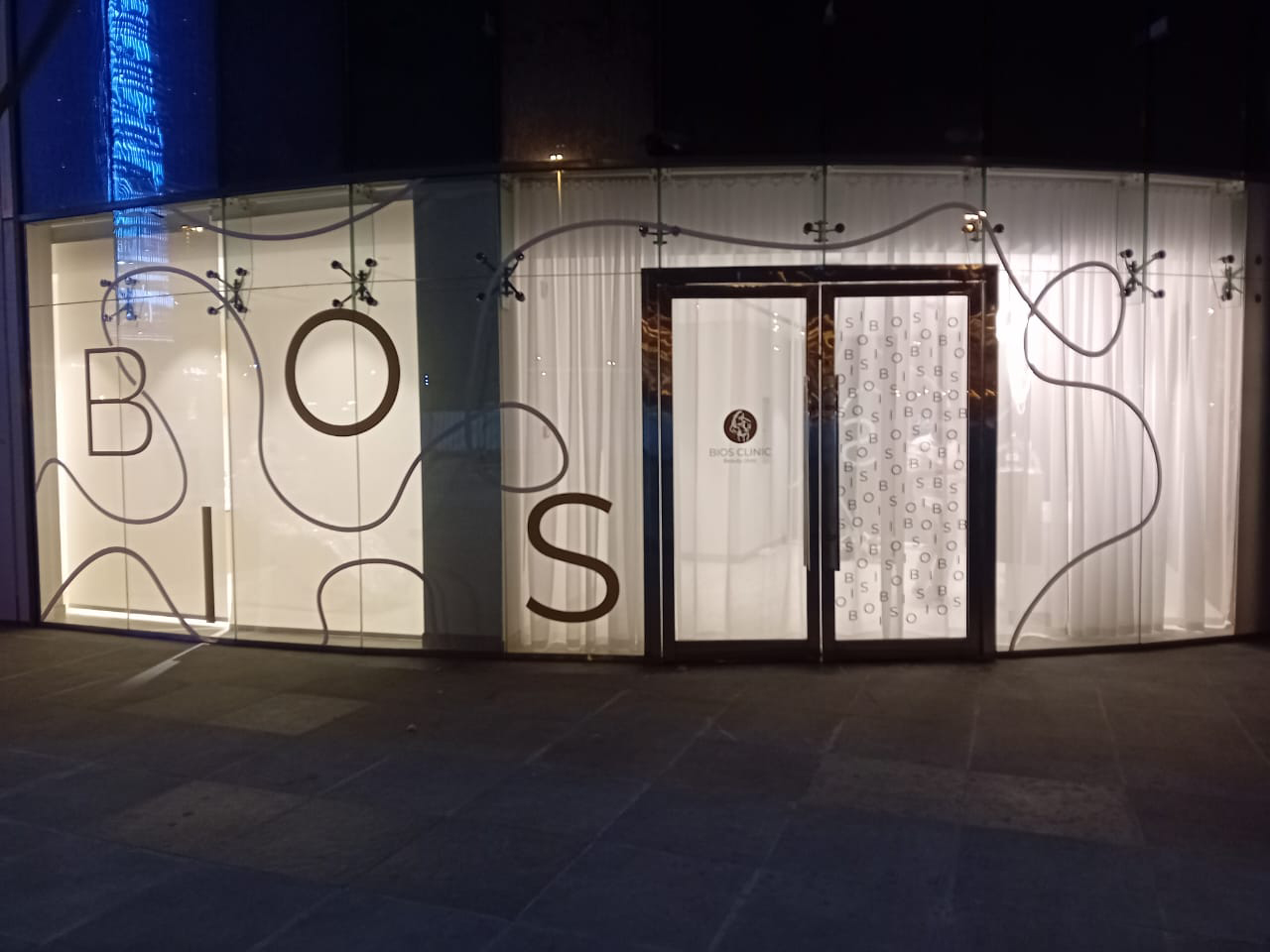
Signage is an integral part of any business’s marketing strategy. It not only helps in attracting customers but also plays a crucial role in branding and communicating important information. Different types of signage serve various purposes, and understanding their specific benefits and applications can significantly enhance a business’s visibility and efficiency. Below, we explore the different types of signage and their uses in business settings.
Outdoor Signage
Building Signs
Building signs are one of the most common types of outdoor signage. They are usually mounted on the exterior of a business’s premises and are designed to attract passersby. Building signs can be illuminated or non-illuminated and come in various forms such as channel letters, dimensional letters, and lightbox signs. The primary benefit of building signs is to enhance brand visibility and ensure that customers can easily locate your business.
Monument Signs
Monument signs are freestanding structures typically placed at the entrance of a business or along the roadside. These signs are often used by businesses that are set back from the road or located in large complexes. Monument signs are designed to make a strong impression and are often constructed from durable materials like stone, brick, or metal. They are excellent for showcasing a business’s name, logo, and even directional information.
Pylon Signs
Pylon signs are tall, freestanding signs that are usually placed near highways or busy roads. They are designed to be highly visible from a distance, making them ideal for attracting the attention of motorists. Pylon signs often feature multiple panels, allowing several businesses within a complex or shopping center to be advertised on a single structure. These signs are particularly beneficial for businesses that rely on drive-by traffic.
Indoor Signage
Lobby Signs
Lobby signs are placed inside the entrance of a business and are designed to make a strong first impression on visitors. They often feature the company’s logo and name, and can be made from a variety of materials such as metal, acrylic, or wood. Lobby signs help reinforce brand identity and create a professional and welcoming atmosphere for clients and visitors.
Directional Signs
Directional signs, also known as wayfinding signs, are crucial for guiding visitors through a business’s premises. These signs help people navigate large buildings or complexes by providing clear and concise directions. Directional signs are particularly important in hospitals, malls, and office buildings where easy navigation is essential for a positive visitor experience.
Wall Graphics and Murals
Wall graphics and murals are used to enhance the interior aesthetics of a business space. They can be used to display inspirational quotes, company values, or eye-catching designs that contribute to the overall ambiance. Wall graphics and murals are an excellent way to make a space more engaging and memorable for both employees and customers.
Digital Signage
Digital Display Screens
Digital display screens are versatile and dynamic signage options that can be used both indoors and outdoors. They display content such as advertisements, announcements, and promotions in high resolution, making them highly effective for capturing attention. Digital display screens can be easily updated, allowing businesses to keep their messaging current and relevant.
Interactive Kiosks
Interactive kiosks are self-service terminals that provide information, wayfinding assistance, or transactional services. These kiosks are often found in retail stores, airports, and hotels. Interactive kiosks enhance customer experience by providing quick access to information and services, reducing wait times and improving efficiency.
LED Message Boards
LED message boards are electronic displays that use light-emitting diodes to convey messages. They are commonly used for displaying real-time information such as news updates, weather forecasts, and promotional messages. LED message boards are highly visible and can be used both indoors and outdoors to effectively communicate with customers.
Wayfinding Signage
Directional Arrows
Directional arrows are simple yet effective wayfinding tools that help guide visitors to their desired locations. These signs are often used in conjunction with other wayfinding elements to provide clear and easy-to-follow navigation paths. Directional arrows are essential in large complexes like airports, hospitals, and universities where clear guidance is necessary.
Room Identification Signs
Room identification signs are used to label rooms and spaces within a building. These signs are crucial for helping visitors and employees locate specific areas such as conference rooms, restrooms, and offices. Room identification signs often include braille to ensure accessibility for all individuals.
Floor Graphics
Floor graphics are decals or stickers placed on the floor to provide directions or highlight specific areas. They are particularly useful in crowded environments where wall-mounted signs might be overlooked. Floor graphics can also be used to reinforce branding or promote special offers in retail settings.
Benefits of Effective Signage
Enhanced Visibility
One of the primary benefits of effective signage is enhanced visibility. Well-designed signs can capture the attention of potential customers and make your business stand out from the competition. This is particularly important in high-traffic areas where businesses are vying for the attention of passersby.
Brand Recognition
Signage plays a crucial role in building and reinforcing brand recognition. Consistent use of colors, logos, and fonts across all signage helps create a cohesive brand identity that customers can easily recognize and remember. This consistency contributes to building trust and loyalty among your customer base.
Increased Foot Traffic
Strategically placed signage can significantly increase foot traffic to your business. By providing clear and attractive information, signs can entice people to visit your establishment. For example, an eye-catching window display or a well-placed sidewalk sign can draw in curious passersby who might not have otherwise noticed your business.
Improved Customer Experience
Effective signage can greatly improve the overall customer experience. Clear and informative signs help customers navigate your premises with ease, reducing frustration and enhancing their overall impression of your business. Wayfinding signs, in particular, are crucial for ensuring that visitors can find their way around without difficulty.
Cost-Effective Marketing
Signage is a cost-effective marketing tool that provides continuous exposure to your brand and message. Unlike other forms of advertising that require ongoing investment, signage is a one-time expense that can deliver long-term benefits. High-quality signs made from durable materials can last for many years, providing ongoing value for your business.
Compliance with Regulations
In many cases, signage is required to comply with local regulations and building codes. This is particularly important for businesses that need to provide safety information or accessibility features. By investing in compliant signage, businesses can avoid potential fines and ensure that they are meeting all necessary legal requirements.
Conclusion
Understanding the various types of signage and their specific uses can help businesses effectively communicate with their customers, enhance their brand, and improve overall operational efficiency. Whether it’s outdoor signage to attract passersby, indoor signage to guide visitors, digital signage to display dynamic content, or wayfinding signage to ensure easy navigation, each type of signage plays a crucial role in the success of a business. Investing in high-quality, strategically placed signage is a smart move for any business looking to increase visibility, enhance customer experience, and boost overall performance.



